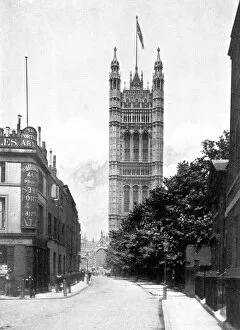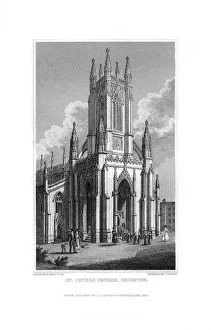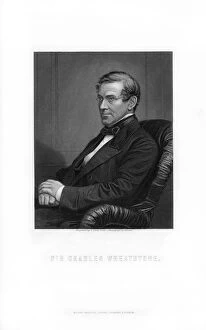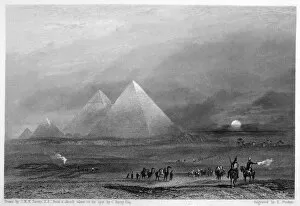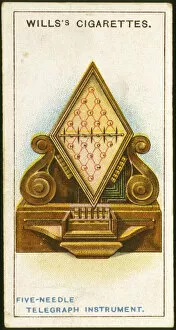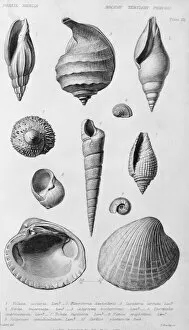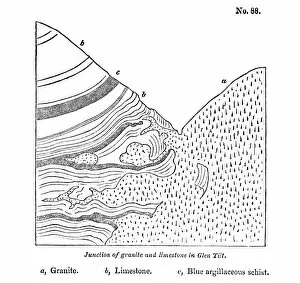Sir Charles Collection (#2)
"Sir Charles: A Legacy of Architectural Brilliance and Influence" Step into the world Barry
For sale as Licensed Images
Choose your image, Select your licence and Download the media
"Sir Charles: A Legacy of Architectural Brilliance and Influence" Step into the world Barry, a British architect whose remarkable contributions have left an indelible mark on London's landscape. From the grandeur of Bridgewater House in Westminster to the iconic Reform Club on Pall Mall, his creations stand as testaments to his unparalleled talent. In 1875, Bridgewater House emerged under Sir Charles Barry's vision, captivating all who beheld its splendor. With intricate details and timeless elegance, this architectural masterpiece continues to enchant visitors to this day. But it was not only Bridgewater House that showcased Sir Charles Barry's genius. The Reform Club, completed in 1837 by George Moore based on Barry's design, stands as a symbol of political reform and social progress. Its imposing facade beckons passersby with its grandeur and historical significance. Beyond architecture lies another facet of Sir Charles' life - his connection with influential figures such as The Right Honorable Sir Charles Dilke and Lady Dilke. Their black-and-white photograph captures a moment frozen in time, evoking intrigue about their relationship with this esteemed architect. As Chief Commissioner of Burmah embarks on a tour engraved for posterity, we catch glimpses into the far-reaching impact of Sir Charles' work beyond London's borders. His influence extends even further back in history when he designed improvements for Cranbourne Street and New Coventry Street in 1845 – transforming these areas into bustling hubs within the cityscape. Delving deeper into history reveals connections between Sir Charles D Oyly and Behar through an Anglo-Indian album from around 1828 – showcasing both cultural exchange and artistic collaboration during that era. Cambridge too bears witness to Sir Charles' touch through early stereograph views capturing its essence alongside other notable landmarks associated with him. These images transport us back in time while highlighting his versatility across different architectural styles.

